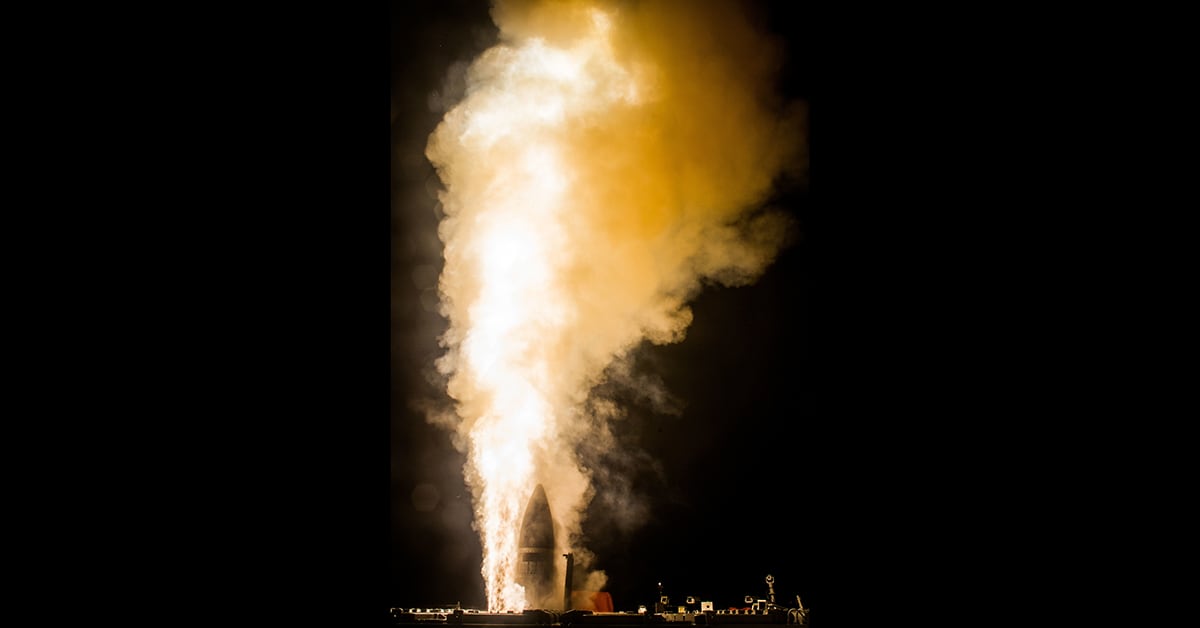WASHINGTON – The director of the Pentagon’s Missile Defense Agency is “confident” the recent missile intercept test failure does not represent a fundamentally fatal flaw in the SM-3 Blk IIA system, and believes the U.S. will actually benefit from the failure in the long term.
MDA director Lt. Gen. Samuel Greaves declined to get ahead of a formal review into what caused the intercept failure, stressing the need to let the investigation finish. But from the data gathered during the test, the missile apparently failed in “an area where it has worked at least 9 times out of 10, so we are trying to find out what happened,” he added.
RELATED

The MDA head also wants to see a retest of the interceptor to pinpoint the source of the failure. His comments were made to reporters following a speech at the McAleese/Credit Suisse conference on Tuesday.
Greaves stressed that the information gleaned from the test, even with the failure, is immensely beneficial for the Pentagon, acknowledging “we’ve got to figure out what happened and go fix it.”
“If North Korea is learning as much as I’m learning from these failures, we all ought to be concerned,” he added.
He noted the mission used an engage-on-remote concept, meaning the interceptor successfully received engagement quality targeting information from an off-board sensor. Instead of using the phased-array radar connected to the Aegis Ashore system that launched the interceptor (the first time Aegis Ashore has ever launched an SM-3 IIA), Greaves said a deployed TPY-2 radar transmitted representative distances, closing speed, and other engagement information to the interceptor.
He emphasized the significance of such a capability: “Do you know how much battlespace that increases?”
Testing the SM-3IIA from Aegis Ashore was not just important for the U.S., but for allies. “Its important for Romania, for Poland, for EPAA phase 3, and the Japanese if they follow through with those purchases,” he added.
Daniel Cebul is an editorial fellow and general assignments writer for Defense News, C4ISRNET, Fifth Domain and Federal Times.








